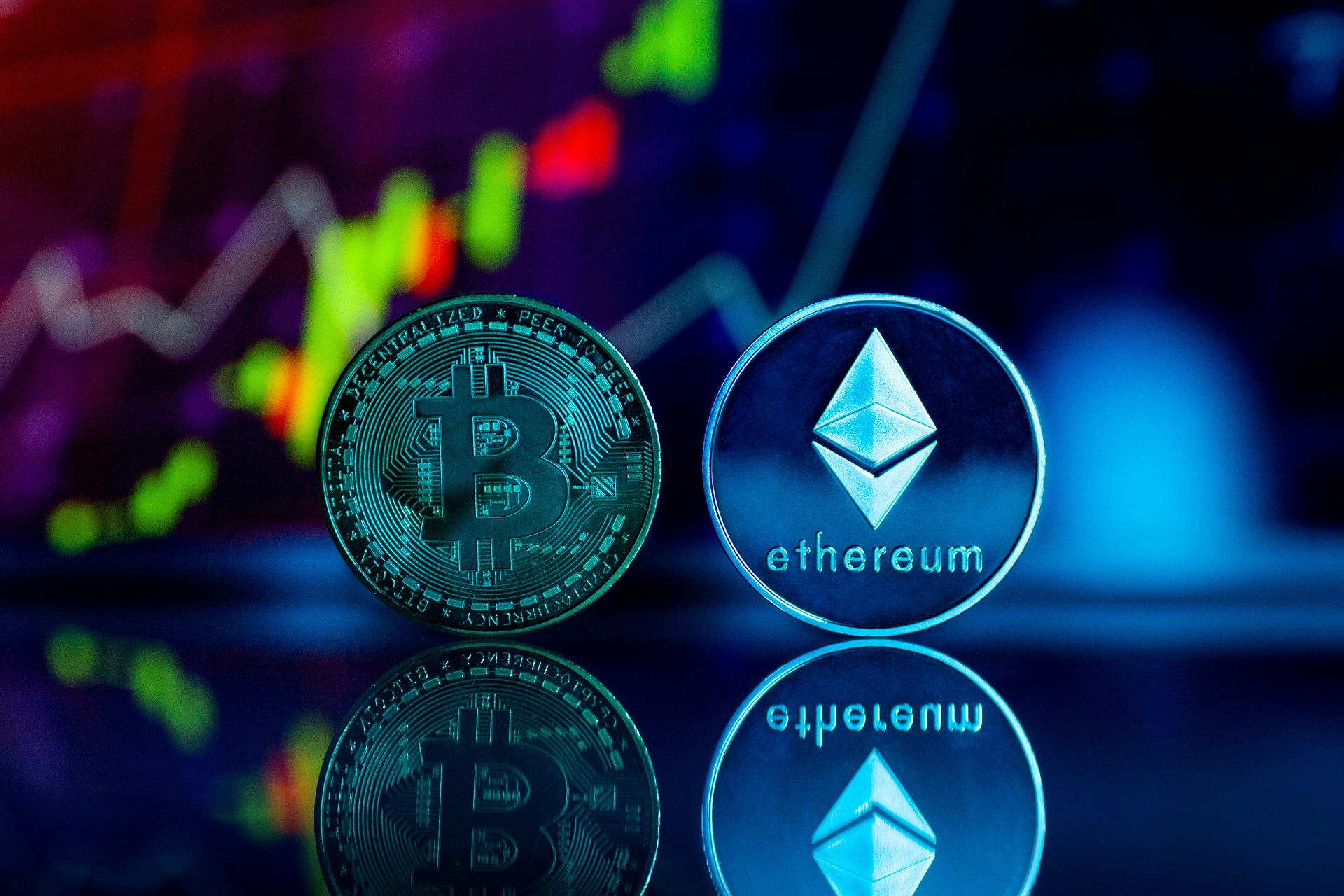When you start reading about cryptocurrency, you’ll come across a lot of unfamiliar, unique terms. If you want to understand crypto fully, you’ll have to learn what they mean and why they matter. One such term you may come across is “Bitcoin whales,” which seems unusual but is a central concept to the Bitcoin economy.
As you’ve probably assumed, when people talk about these “whales,” they’re not referring to large ocean-dwelling mammals. Like bulls and bears on the stock market, it refers to a type of investor. Rather unusually, though, just one or two of these investors’ actions can have major consequences for the entire market.
What Are Bitcoin Whales?
A Bitcoin whale is, put simply, someone who owns a lot of bitcoins. Leaving the definition there is a bit of an oversimplification, though. Whales own so many bitcoins that how they act in the market can affect Bitcoin’s value as a whole.
According to Bitcoin wallet-tracking site BitInfoCharts, 106 addresses own 15% of all bitcoins available today. Just one owns 1.01% of all bitcoins, which doesn’t sound like much, but that’s worth more than $2 billion. That number is also more significant than it seems when you consider how few bitcoins there are.
There will only ever be 21 million bitcoins at most, and people haven’t mined all of them yet. For comparison, there’s $1.99 trillion in paper bills and coins alone in circulation. Since there are so few bitcoins, each action has a bigger effect on the Bitcoin market.
How Bitcoin Whales Affect the Market
If you’ve read about Bitcoin much, you probably know that it’s a volatile market. Changes in supply or demand affect its worth much more than other investments since the market’s so small. That volatility becomes more extreme when just a few whales own the majority of bitcoins.
If a whale doesn’t do anything with their coins, then it makes it as if the market is smaller. Since the market will be even smaller for all intents and purposes, it’ll be even more volatile. Whales can also affect the value and volatility of Bitcoin by moving enough of their tokens.
Imagine a whale bought millions of dollars’ worth of coins at once. To the rest of the market, it would look like the demand has skyrocketed. As a result, its price would also rise even though there’s not actually that much demand. In fact, this actually happened in 2021 when the market peaked at $65,000 — in part because Tesla bought up a staggering $1.5 million of Bitcoin.
Whales and the Future of Crypto
As cryptocurrency is becoming more legitimate, more people have been buying it. Small investors aren’t the only ones dipping their toes into the world of crypto, either. There’s a growing number of whales now too.
After PayPal announced crypto support, the number of Bitcoin whales reached a four-year high, with almost 2,000 addresses holding 1,000 BTC or more. That could be a sign that the Bitcoin market is about to become more volatile. Alternatively, now that crypto payments are becoming more convenient and accessible, these new whales may add liquidity to the market.
As more people invest in crypto, the effect whales have on the market will decrease. With more people owning part of the supply, wealth won’t be as concentrated. If Bitcoin sees widespread adoption, then whales may become less of a concern.
The Crypto Economy Can Be Unusual
When you zoom out, the crypto market isn’t all that different from traditional stock markets. Whales could have the same impact on traditional markets if they could own as high a percentage of the supply. Bitcoin’s limited size makes these movements more extreme, though.
The Bitcoin economy is unusual, but it’s not all that confusing or unfamiliar when you break it down. When you understand concepts like whales, this new territory starts to make more sense.
Recent Stories
Follow Us On
Get the latest tech stories and news in seconds!
Sign up for our newsletter below to receive updates about technology trends














